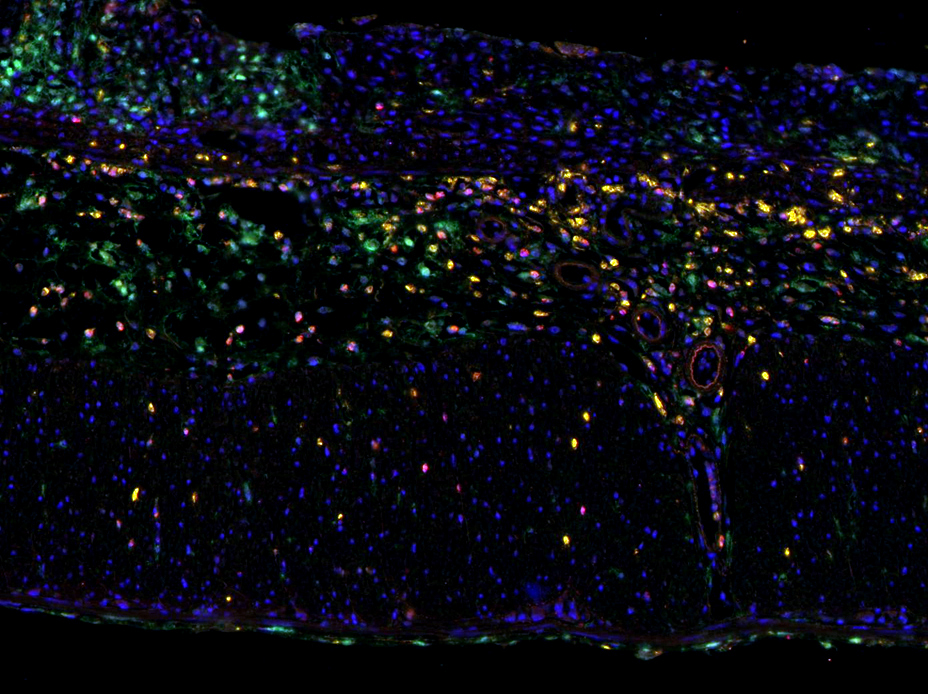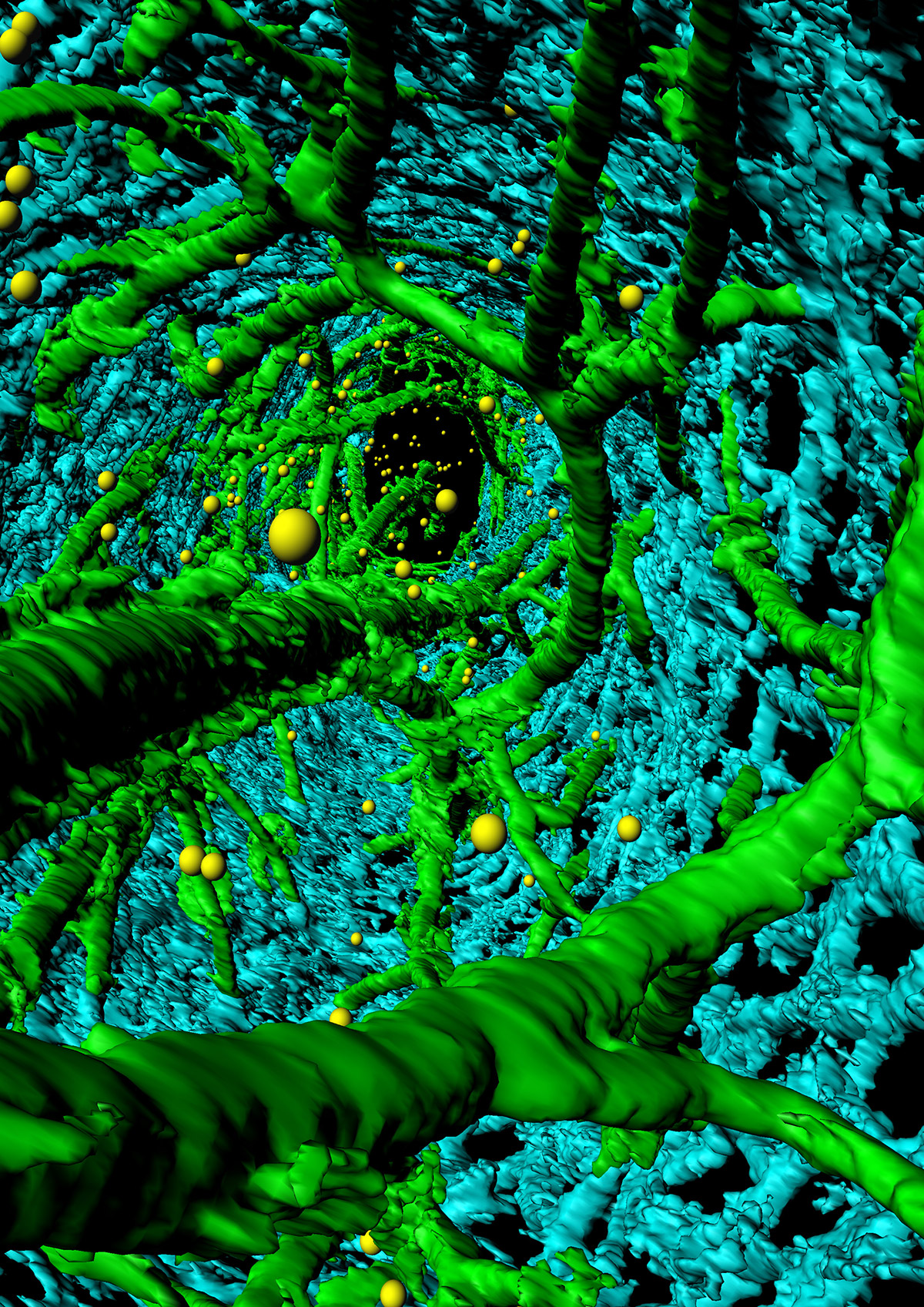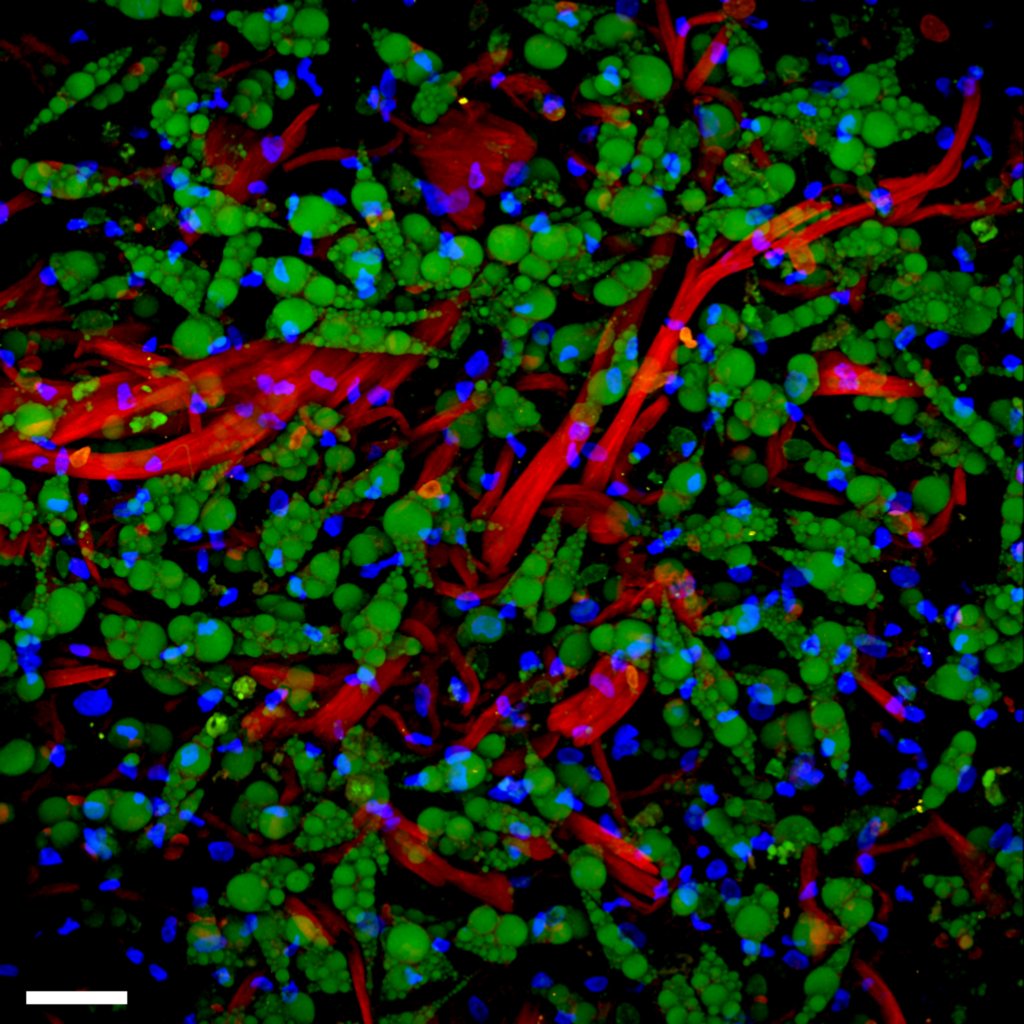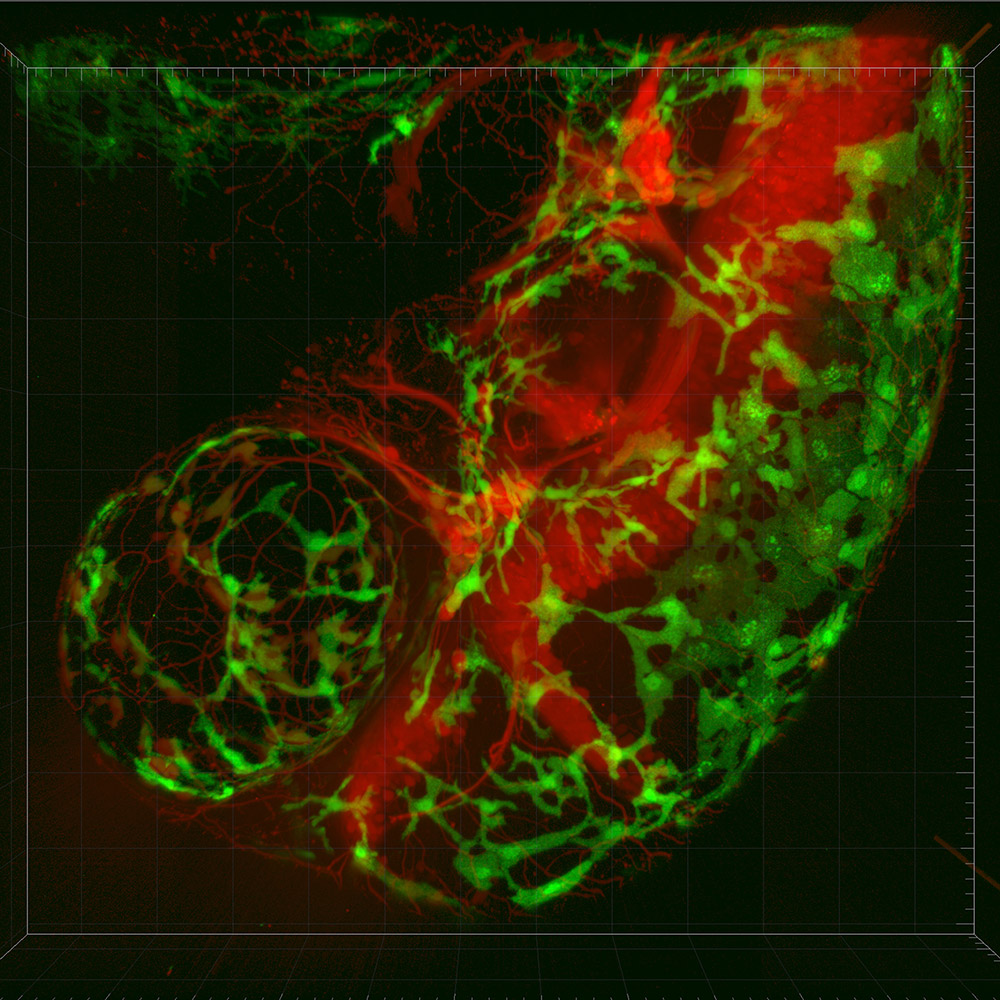Applications
 Part of the Oxford Instruments Group
Part of the Oxford Instruments Group
Expand
Collapse
Developmental Biology are areas of research in life sciences that focus on the fundamental processes of life. Developmental biology studies the process by which multicellular organisms grow and develop. Research focuses on processes such: as metamorphosis, embryonic development, tissue growth, morphogenesis, stem cell differentiation, embryogenesis, plant development and regeneration. Research in these areas is done both on a microscopic and molecular level, and multiple technologies are needed to successfully accomplish this work. Imaris provides the technological solutions to tackle Cell and Developmental Biologists research challenges.
Andor offers a full range solutions for developmental biology: from sample preparation to image acquisition and analysis. For tissue sample preparation, the cryostats allow precise sectioning of the sample. Complete imaging solutions as the compact and affordable Andor Benchtop Confocal and the high-end imaging solution, the Andor Dragonfly. Highly sensitive EMCCD cameras to image low light and challenging samples, and sCMOS detectors to image high-speed and with high resolution. The workflow ends with image analysis options for cell biologists brought by different imaris packages: Imaris for Cell Biologists,




